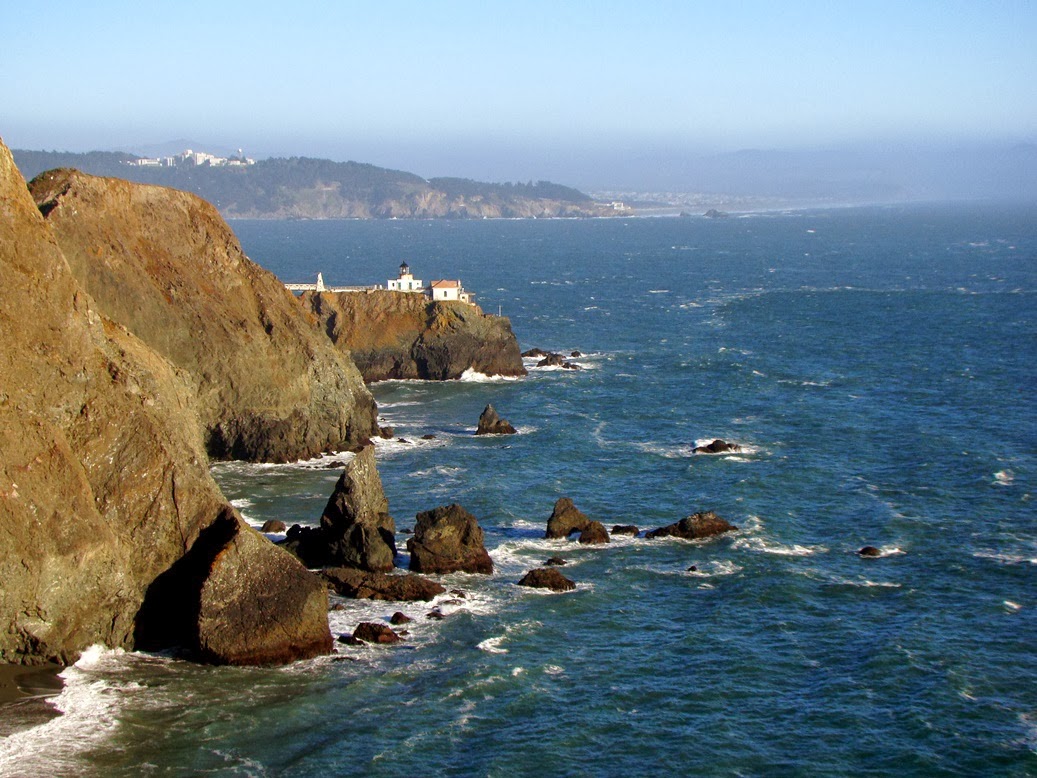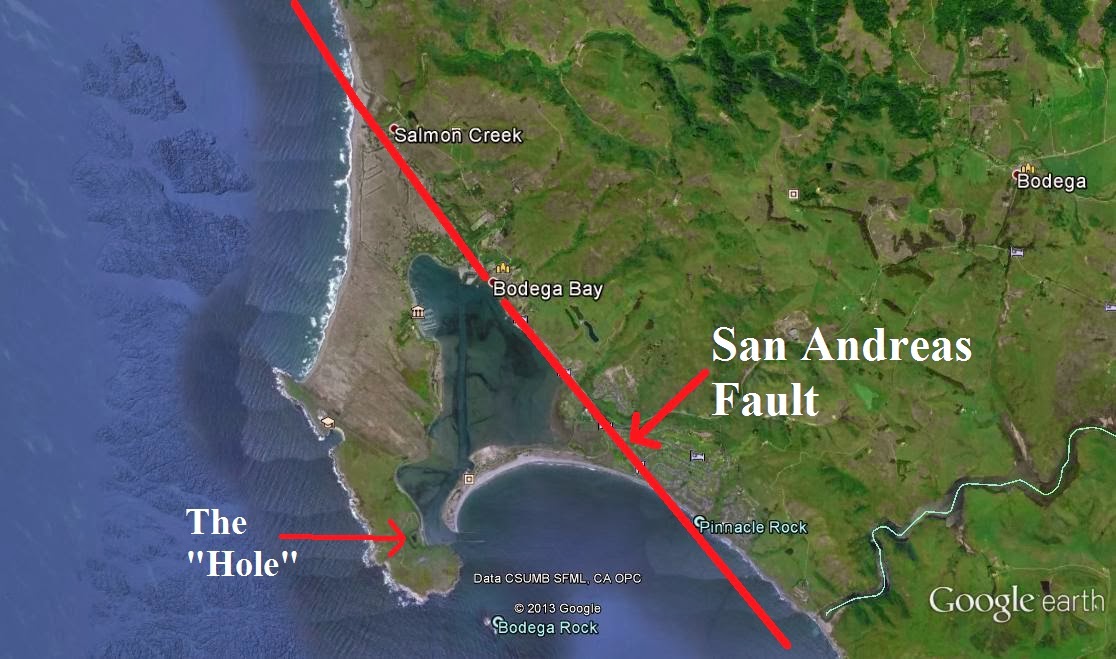I'm in a beautiful place, no doubt about it. I'm in central Oregon on the Siuslaw River visiting for the holidays, exploring new terrain that I've never really seen before. Luckily, we have the time to linger for a few days instead of rushing home, so it actually feels right to sit on the porch and just enjoy life and my relatives (whom I love spending time with).
And what a porch! I took advantage of clearing skies to watch the sun set tonight. I've got the new camera and I am still learning its capabilities, so I decided to catch the whole drama of the sun disappearing below the distant horizon. I also hoped to catch the legendary "green flash", which I have never seen (despite my hopes in previous posts).
I probably still haven't seen it, but I was reading about these things, and noted that a "green rim" can sometimes be seen as well. If my camera is delivering true colors, I think I captured the green rim at the very least, across the top of the disk of the sun.
The green flash is a sudden flash of greenish light above the sun at the moment of sunset, and it is said to last only a second or so. As the sun dips into the horizon, the layers of the atmosphere will cause some of the sunlight to be refracted, with red and orange on the lower parts of the disk along with green (and rarely blue) across the top.
If I caught the flash at all, it was probably here, as this was the only green I could see while I was snapping the pictures. I leave it to the judgement of those out there who have seen the green flash before as to what I caught this evening. I welcome your thoughts and observations!
And what a porch! I took advantage of clearing skies to watch the sun set tonight. I've got the new camera and I am still learning its capabilities, so I decided to catch the whole drama of the sun disappearing below the distant horizon. I also hoped to catch the legendary "green flash", which I have never seen (despite my hopes in previous posts).
I probably still haven't seen it, but I was reading about these things, and noted that a "green rim" can sometimes be seen as well. If my camera is delivering true colors, I think I captured the green rim at the very least, across the top of the disk of the sun.
The green flash is a sudden flash of greenish light above the sun at the moment of sunset, and it is said to last only a second or so. As the sun dips into the horizon, the layers of the atmosphere will cause some of the sunlight to be refracted, with red and orange on the lower parts of the disk along with green (and rarely blue) across the top.
If I caught the flash at all, it was probably here, as this was the only green I could see while I was snapping the pictures. I leave it to the judgement of those out there who have seen the green flash before as to what I caught this evening. I welcome your thoughts and observations!









































































































































